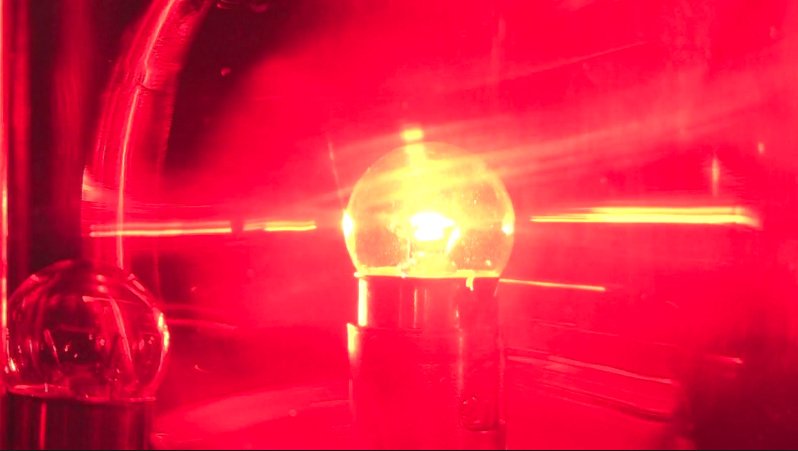A popular recession indicator is flashing red — Here are three reasons why it's wrong
The New York Federal Reserve’s closely watched model for June is pricing in a 32.9% chance of a recession within the next 12 months. That’s up from 28% in May.

Add to this a falling 10-year Treasury yield, calls for a Federal Reserve rate cut just months after December’s rate increase, and overall worry about the old age of this economic cycle, and the recession picture starts to become clearer.
But the Fed’s indicator may be wrong for three reasons, as highlighted by market strategist Nick Colas, co-founder of DataTrek Research.
Oil prices
First, the model ignores surging oil prices. The last three times where the NY Fed recession model breached 30% (in June 1990, July 2001, and August 2007), oil prices doubled.
“The U.S. has not seen a recession since 1970 without oil prices doubling,” Colas wrote in a note to clients. “A doubling of oil prices in the current environment of high U.S. production seems a remote possibility and at least puts a large asterisk next to the current 33% chance of a recession in 12 months.”
While prices for West Texas Intermediate, the U.S. benchmark for oil prices, are up 23% so far this year, the commodity is down about 10% over the past 12 months.
Federal Reserve rate cuts
Another wrinkle in the NY Fed recession model surrounds the Fed’s own ability to change market dynamics. The two inputs in the model are the 3-month Treasury yield and the 10-year Treasury yield.
“The 3-month yield is entirely in the Fed’s control,” Colas wrote. “The FOMC needs to embark on a series of rate cuts that take 3-month yields to 1.80% from their current 2.25% payout.”
In prepared remarks for Fed Chair Jerome Powell’s semiannual monetary policy report for Congress, Powell reiterated the Fed’s desire to “act as appropriate to sustain the expansion.”
A rate cut could come as soon as the FOMC’s next meeting in late July.
10-year Treasury yield vs. Europe
One reason for the increase in the NY Fed’s model is the decrease in the 10-year Treasury yield (^TNX), which comes amid worries about a recession in Europe.
“That 10-year Treasuries yield essentially 2.0% rather than 3.0% is largely due to the fact that German 10-years crossed the “zero rate Rubicon” in May and yield a close-to record low of negative 0.35%,” Colas wrote.
Colas noted that government bond yields don’t “trade in a vacuum” and a major question for investors going forward is whether Europe’s economic fears spread to the U.S.
Adding to the confusion about a recession is that the S&P 500 (^GSPC) continues to flirt with record highs. Taking all of this together is why Colas expects more market volatility for the third quarter.
“The NY Fed’s recession odds have a good enough track record to make them actionable, but the caveats we highlighted – oil prices, Fed policy, and global rates – are reasonable counterweights to the argument that a 2020 US recession is now a fait accompli,” he wrote.
Scott Gamm is a reporter at Yahoo Finance. Follow him on Twitter @ScottGamm.
More from Scott:
Morgan Stanley downgrades global stocks, projects ‘poor returns’ over the next year
Gabrielle Rubenstein’s new private equity firm focuses on healthy foods
The earnings picture for 2019 is showing more signs of deterioration
The next rate cut is unlikely to be caused by weak growth, economist explains
What the plunging 10-year Treasury yield says about the economy and stock market
Follow Yahoo Finance on Twitter, Facebook, Instagram, Flipboard, LinkedIn, and reddit.

 Yahoo Finance
Yahoo Finance 
